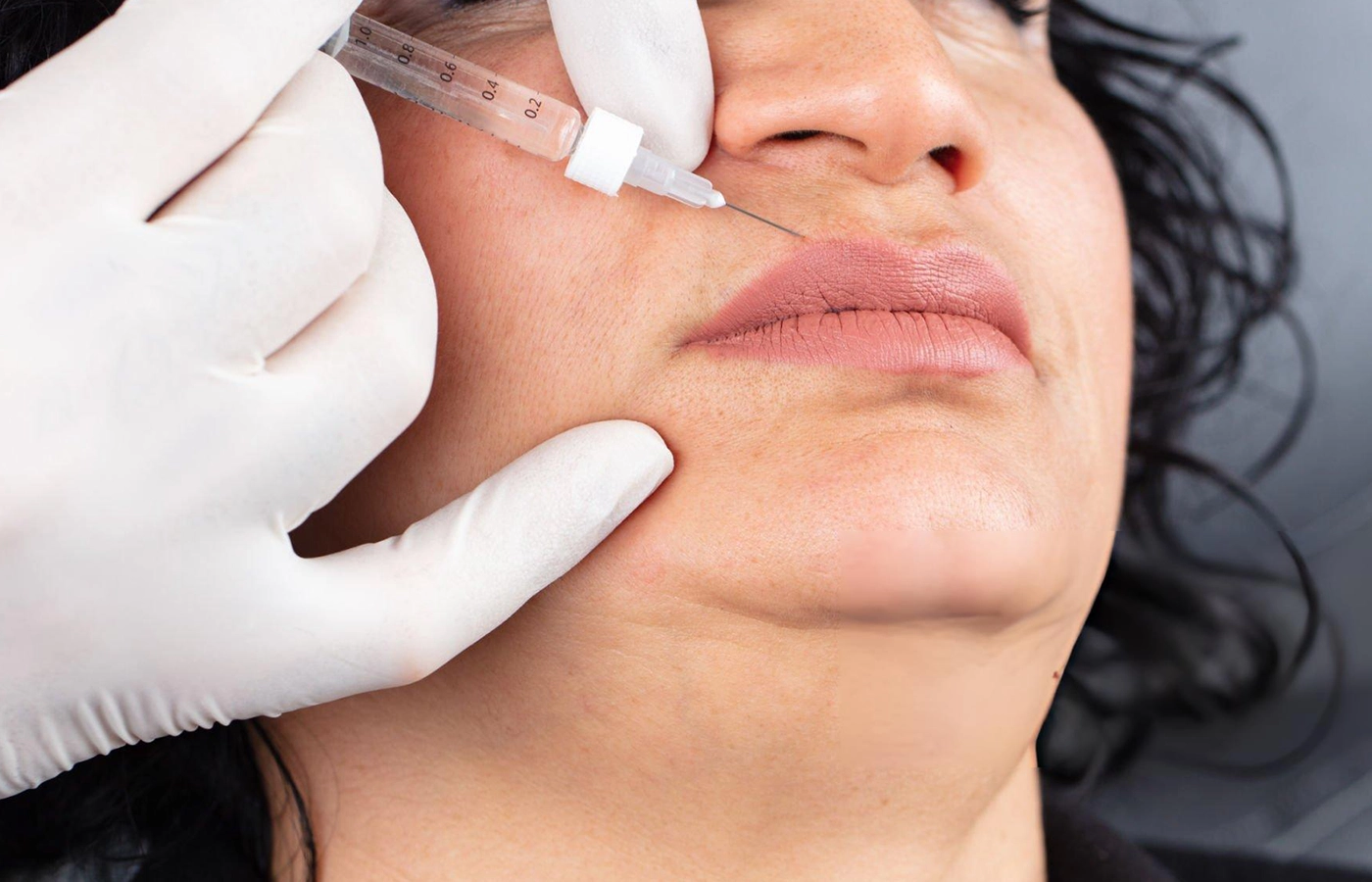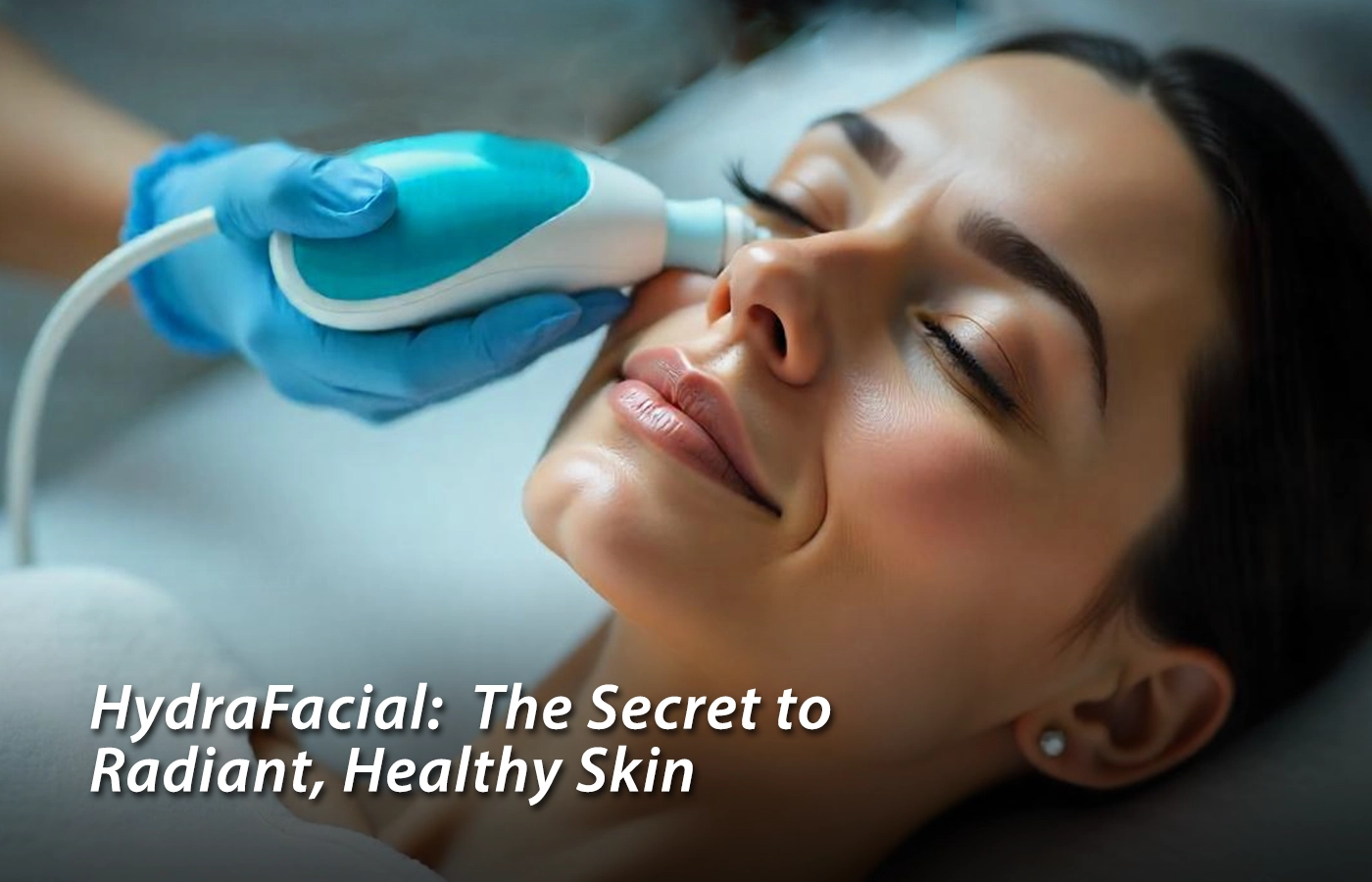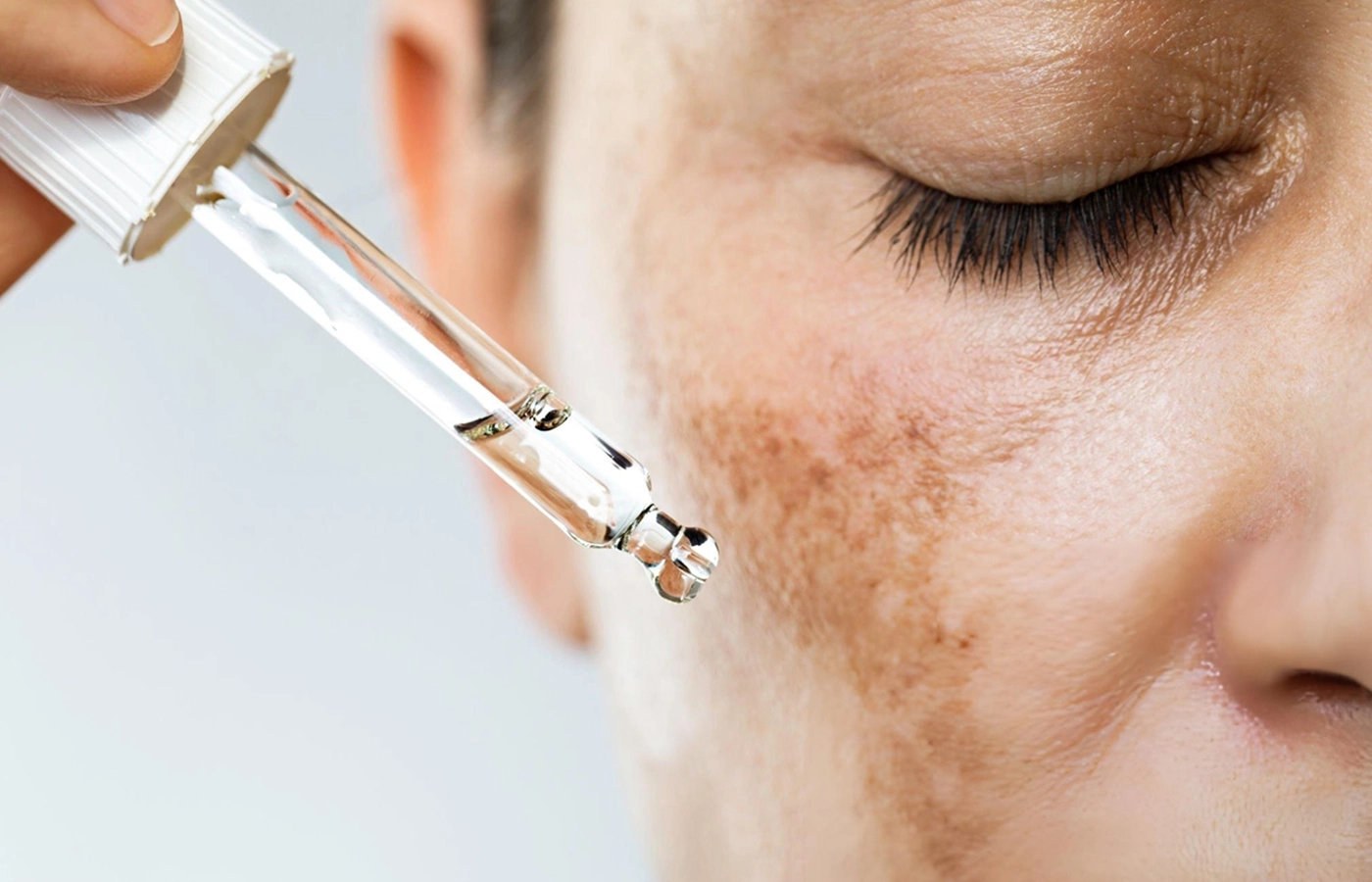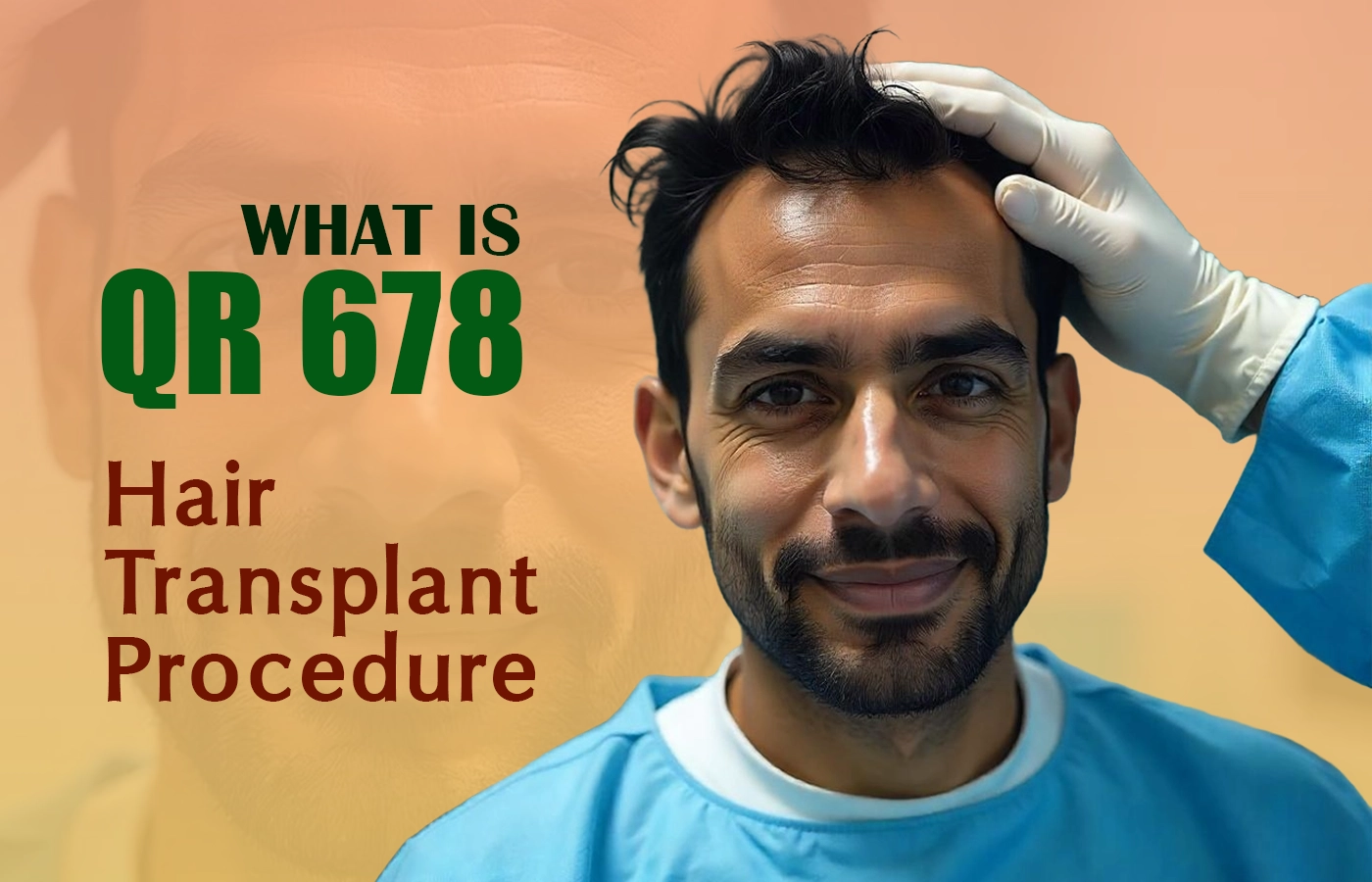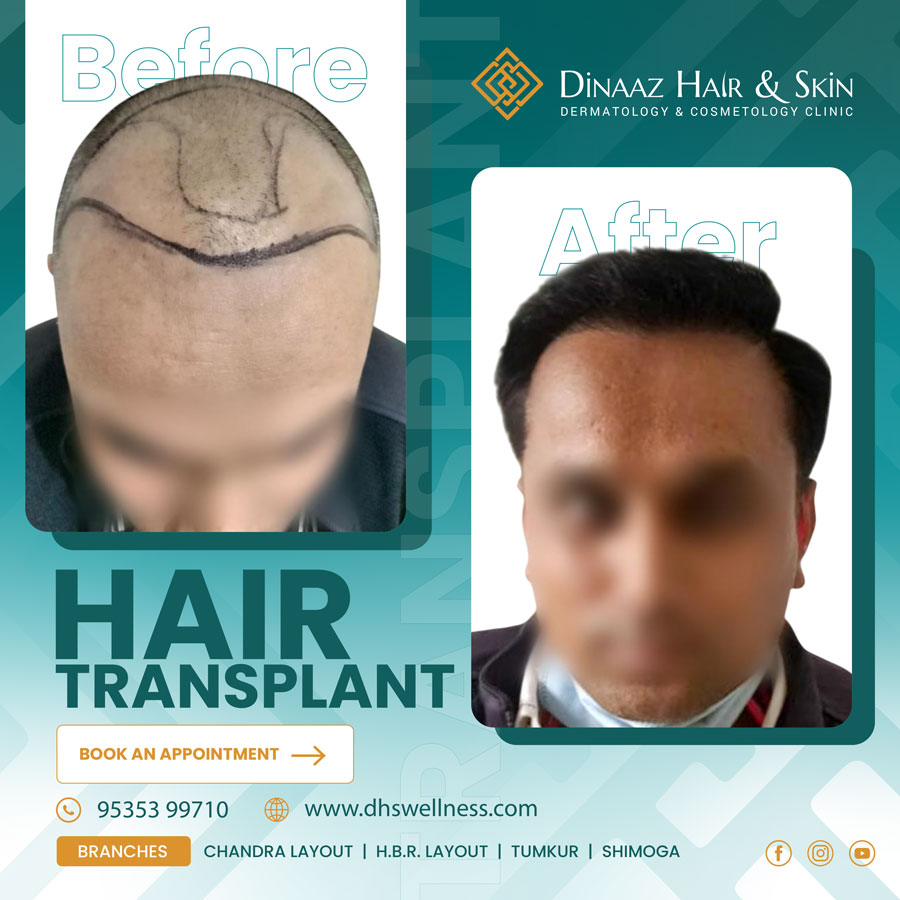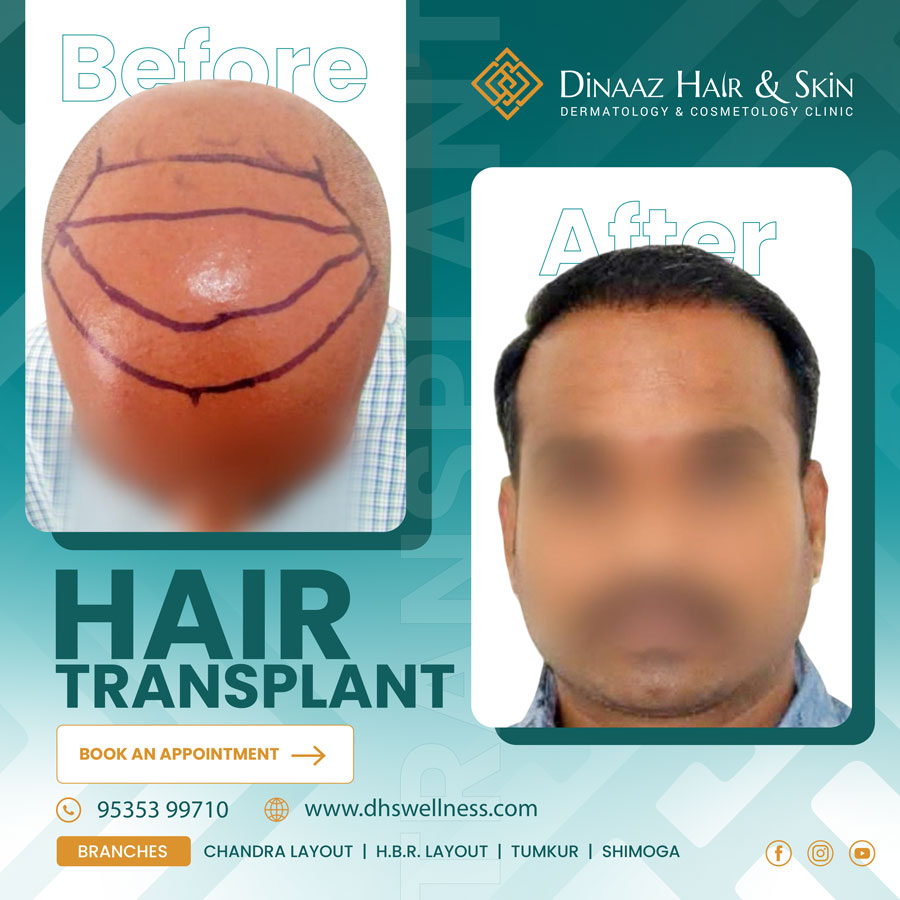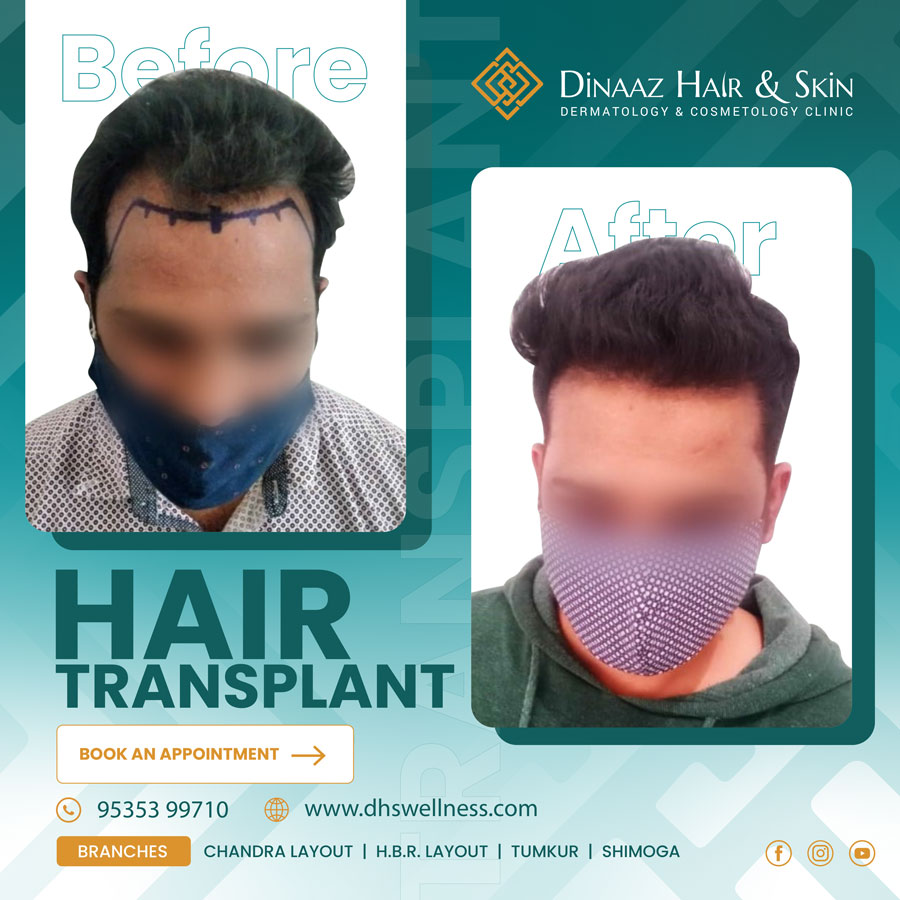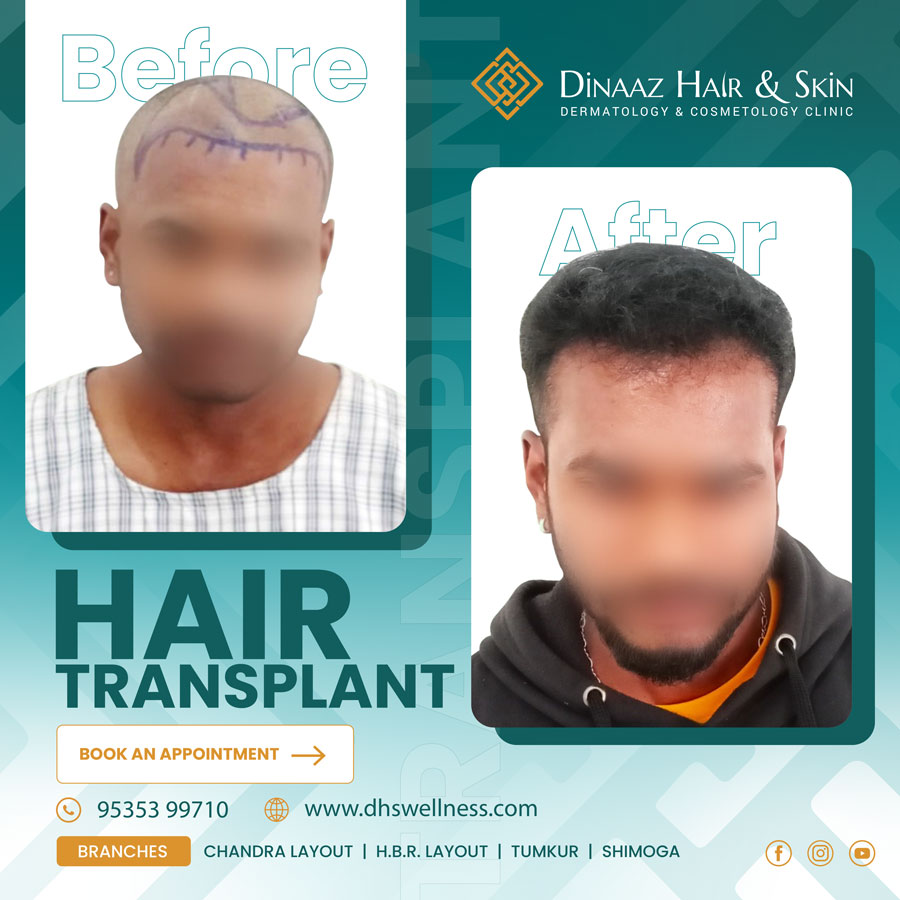Melasma is a common skin condition that causes dark patches on the face, often triggered by hormonal changes, sun exposure, and genetics. Many misconceptions surround this skin condition, leading to ineffective treatments or frustration.
In this blog, we’ll debunk the biggest myths about melasma and explore effective treatments that help you achieve an even skin tone.
Myth #1: Melasma is the Same as Hyperpigmentation
Fact: While melasma and hyperpigmentation both cause dark spots, they are not the same.
● Melasma is caused by hormonal fluctuations and worsened by sun exposure. It appears as symmetric patches on the cheeks, forehead, and upper lip.
● Hyperpigmentation can result from acne scars, injuries, or sun damage and may appear randomly on the skin.
Best Treatment: Chemical peels and laser therapy help lighten melasma while sunscreen prevents further darkening.
Myth #2: Melasma Only Affects Women
Fact: Although melasma is more common in women due to hormonal changes, men can also develop it, especially with excessive sun exposure and genetic predisposition.
Best Treatment: Men should follow strict sun protection, along with topical treatments like hydroquinone, kojic acid, or tranexamic acid for fading dark patches.
Myth #3: Melasma Can Be Cured Permanently
Fact: Melasma is a chronic skin condition, meaning it can be managed but not permanently cured. However, the right treatment can significantly reduce its appearance and prevent it from worsening.
Best Treatment: Laser therapy, PRP treatments, and oral medications like tranexamic acid can keep melasma under control.
Myth #4: Sunscreen is Not Necessary on Cloudy Days
Fact: UV rays penetrate clouds, and even minimal sun exposure can worsen melasma. Daily broad-spectrum sunscreen (SPF 50+) is essential for melasma patients.
Best Treatment: Use a tinted mineral sunscreen containing zinc oxide or titanium dioxide for better protection against pigmentation.
Myth #5: Home Remedies Work Better Than Medical Treatments
Fact: While home remedies like turmeric, aloe vera, and lemon juice may have some benefits, they cannot replace medical-grade treatments. In some cases, DIY remedies can irritate the skin and worsen pigmentation.
Best Treatment: Dermatologist-approved treatments like chemical peels, PRP therapy, and prescription creams provide long-lasting results without irritation.
Effective Melasma Treatments at Dinaaz Hair & Skin Clinic
● Chemical Peels – Exfoliate dead skin cells and lighten dark patches.
● PRP Therapy – Uses your own growth factors to heal and brighten skin.
● Laser Therapy – Targets excess melanin for an even skin tone.
● Tranexamic Acid – Reduces melasma by controlling melanin production.
● Customized Skincare – Prescription creams with hydroquinone, kojic acid, and niacinamide.
Clear, Even Skin is Possible!
Melasma doesn’t have to control your skin’s appearance. With the right treatments and expert guidance, you can achieve a radiant, even complexion.
Book a consultation today at Dinaaz Hair & Skin Clinic!


